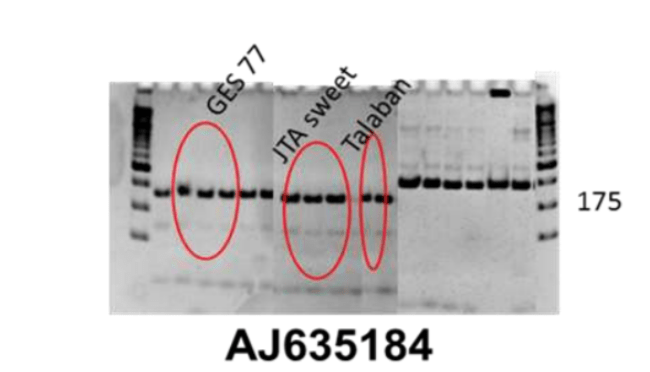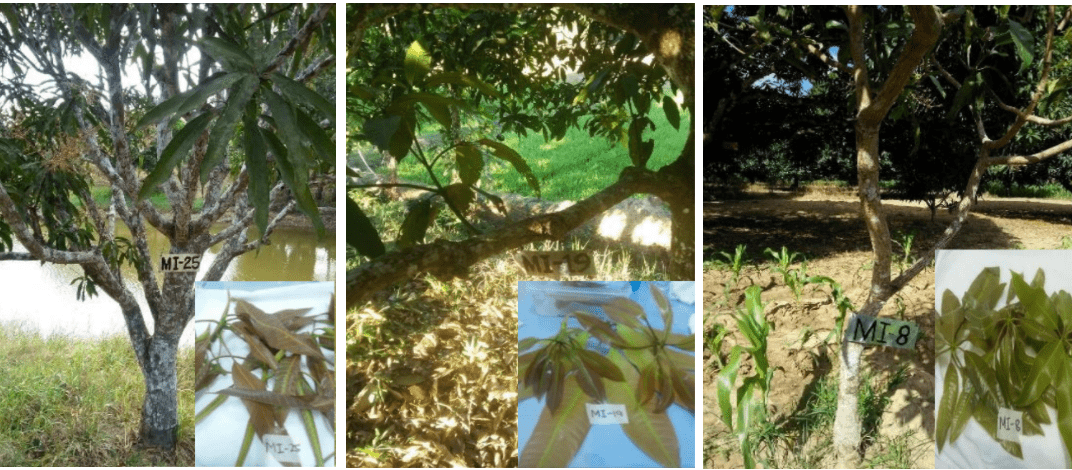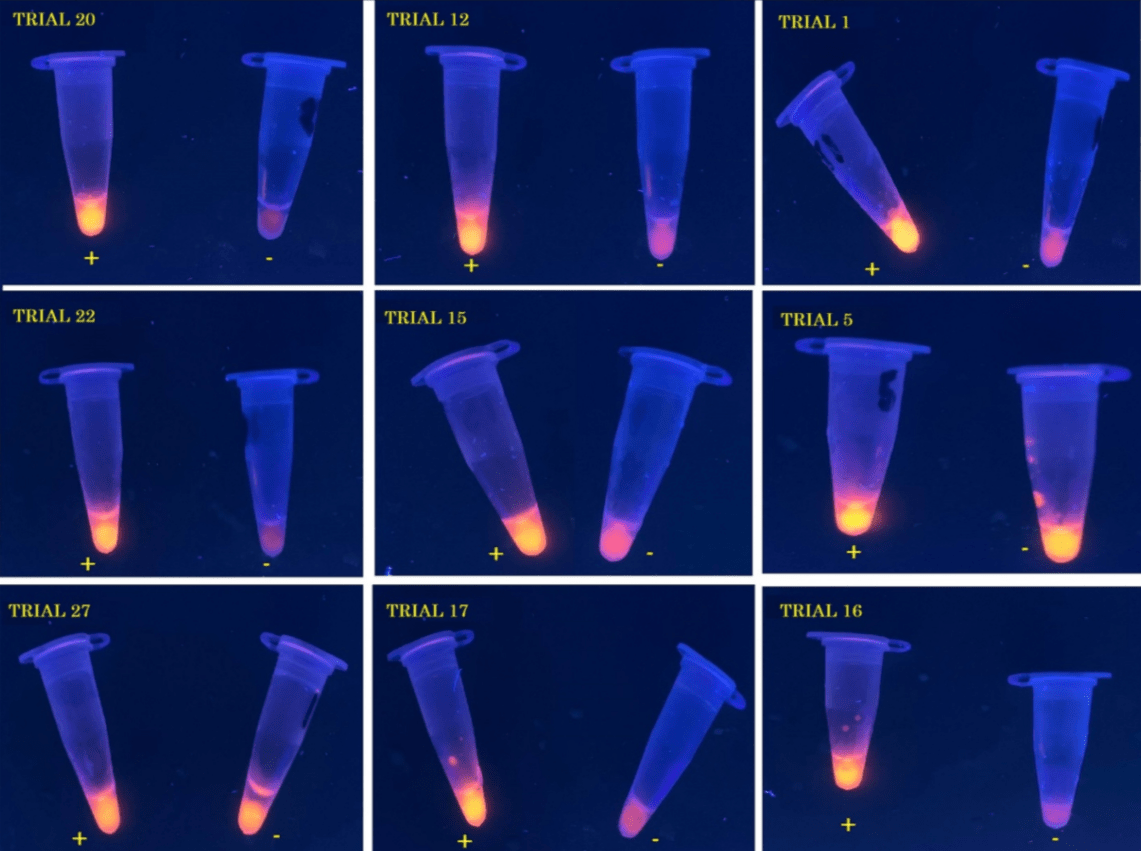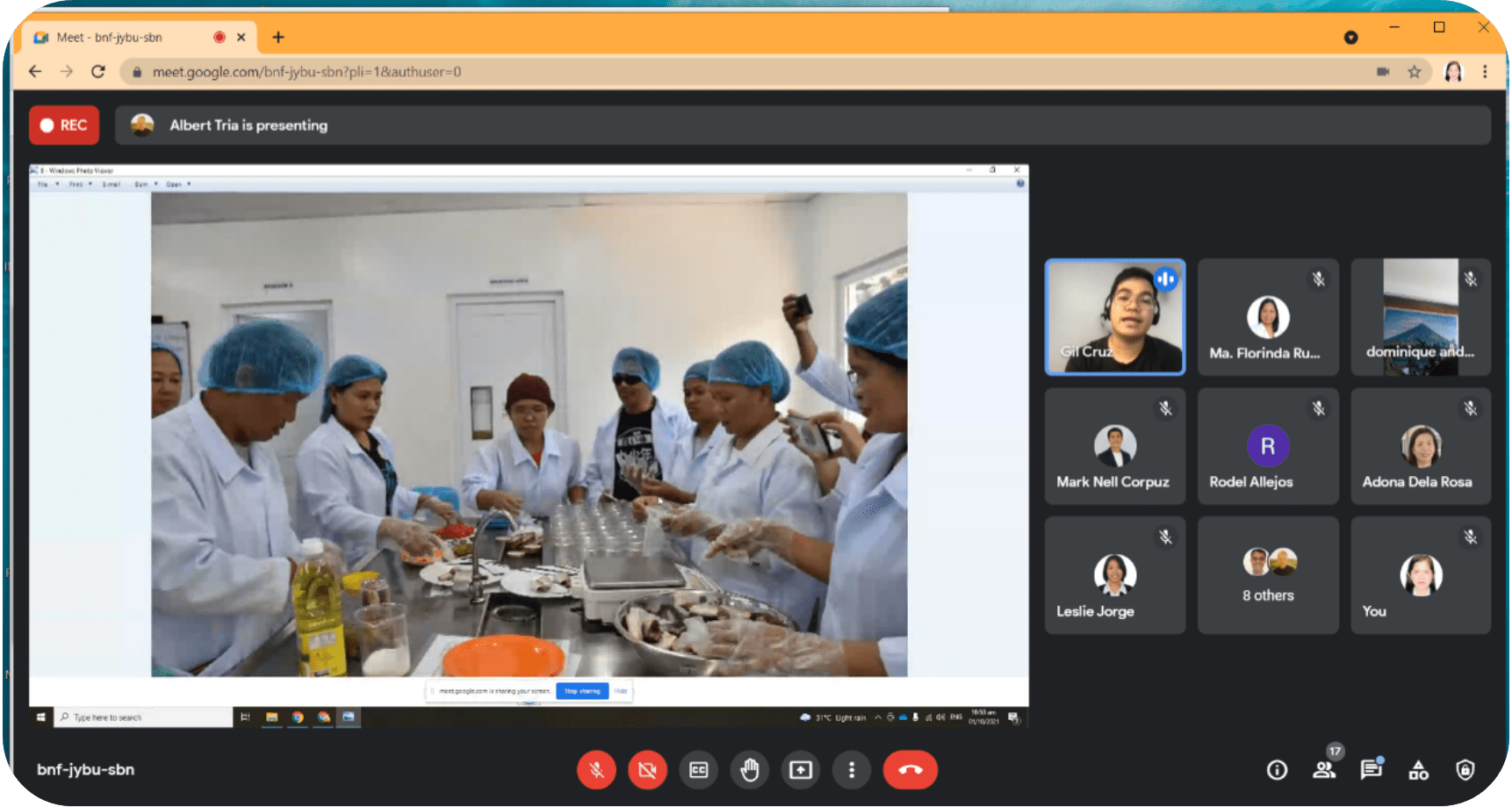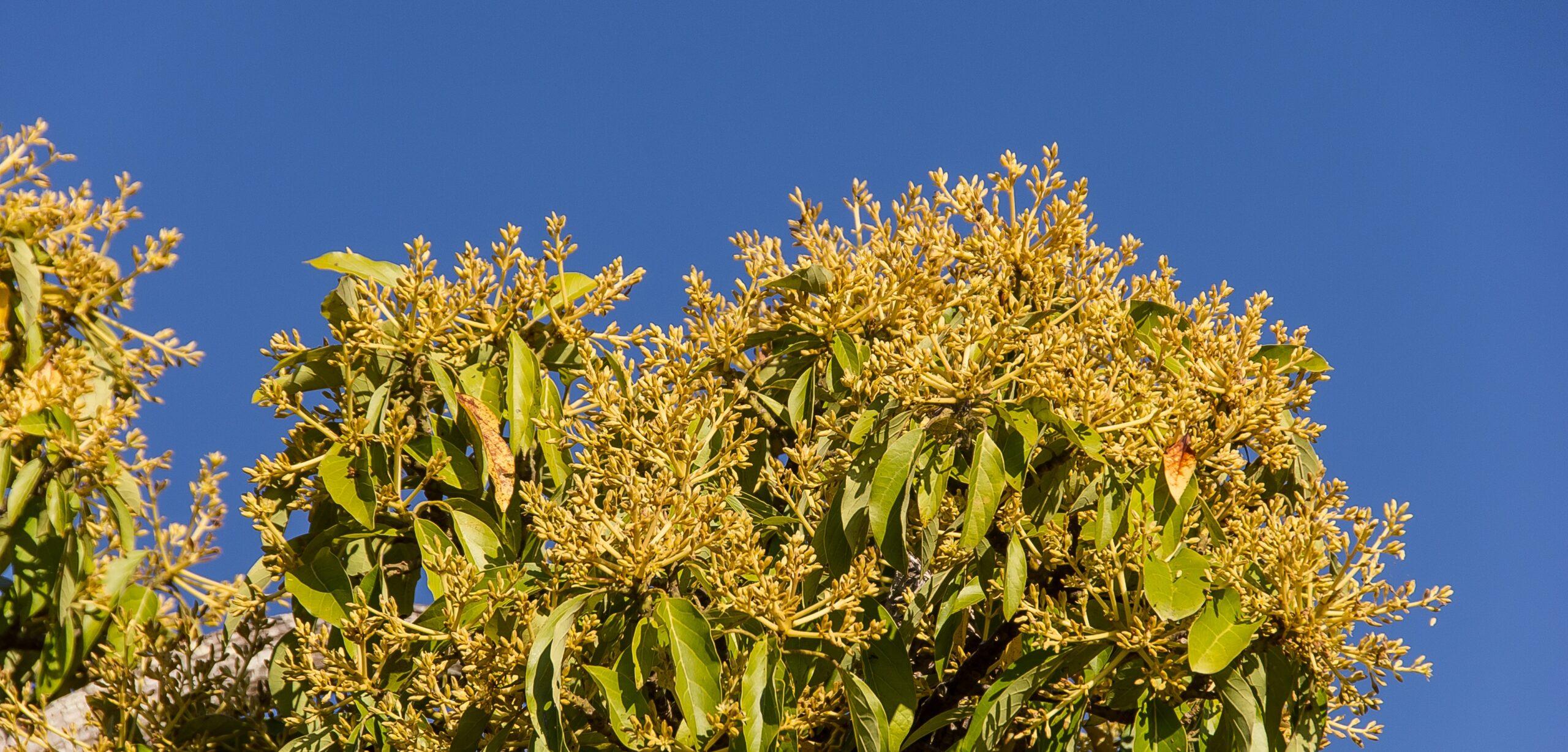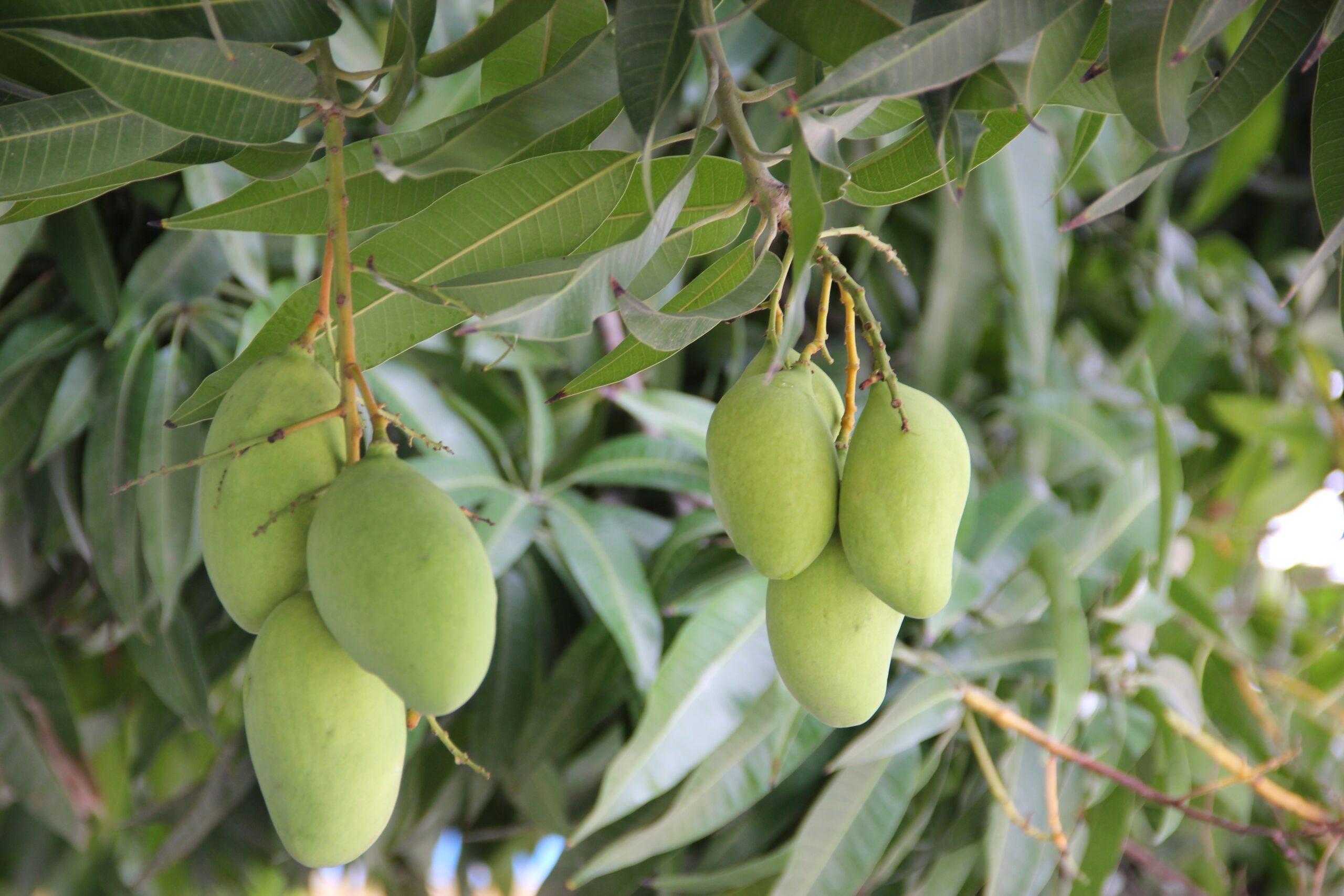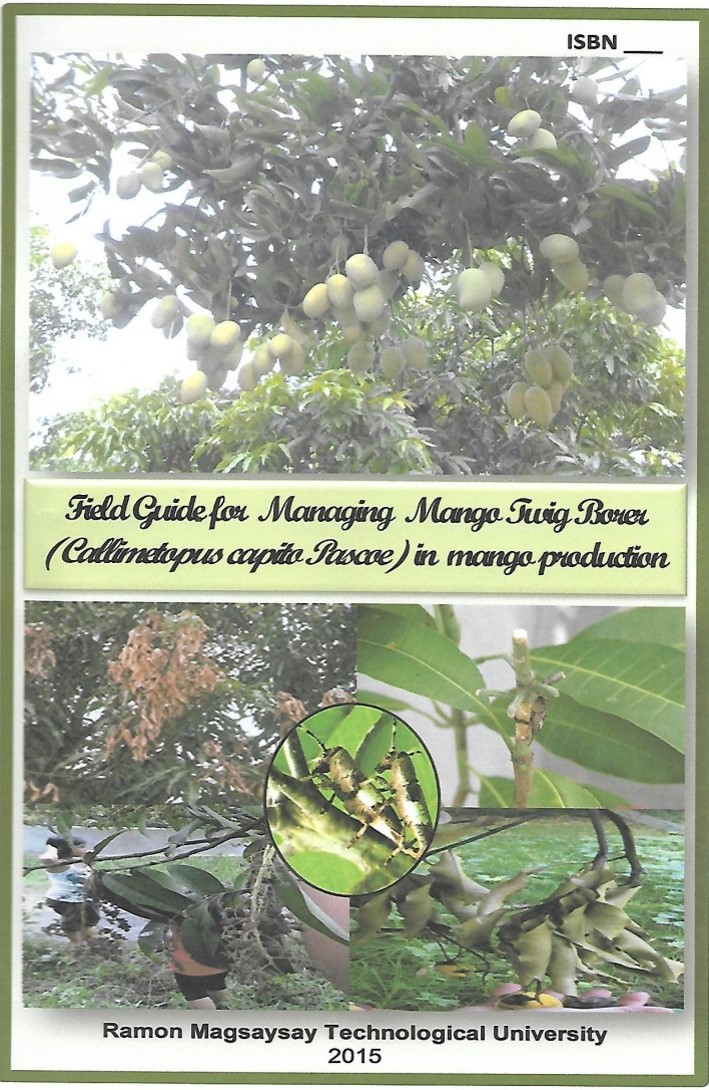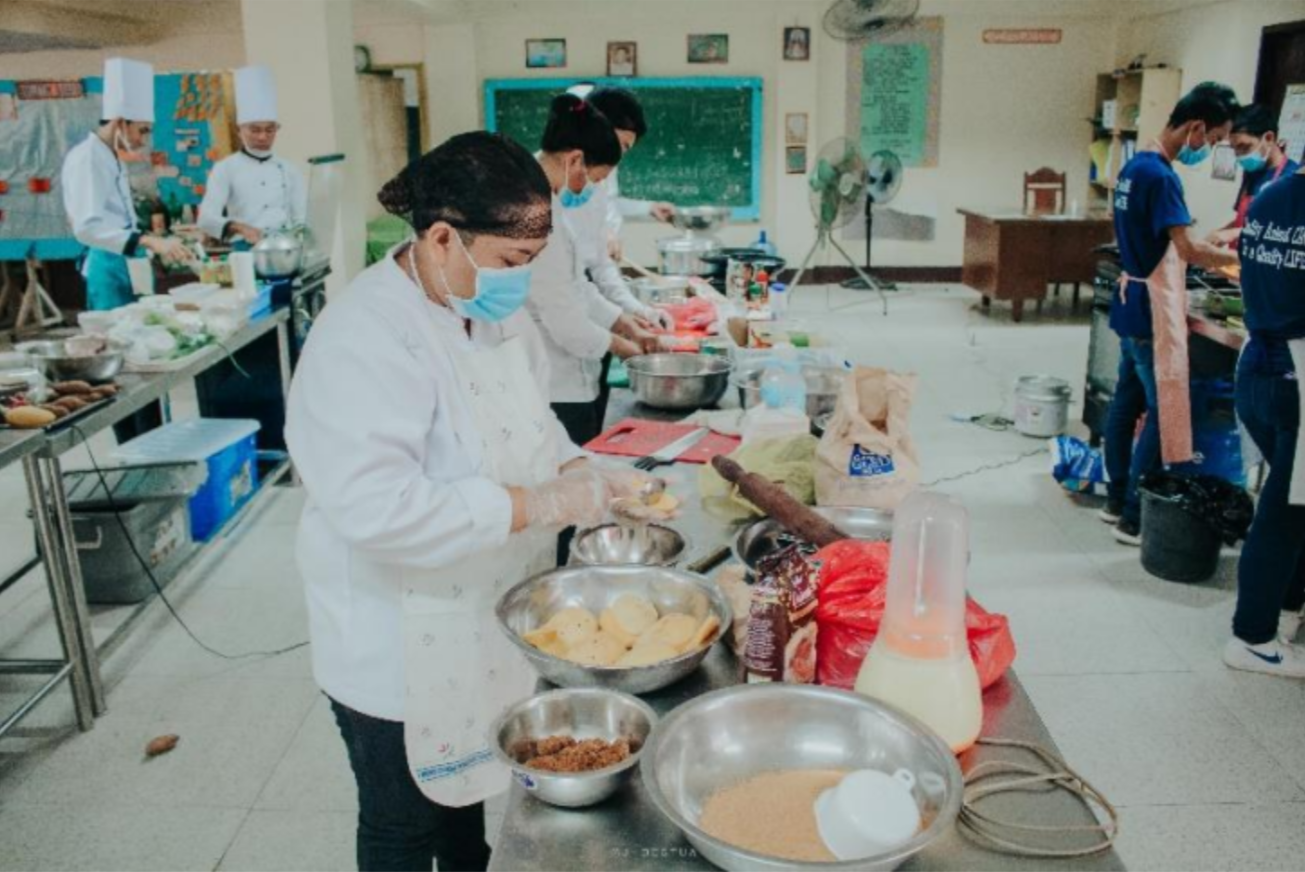Mango
Industry Strategic Science and Technology Program
Mango Industry Profile
Mango, locally known as “mangga” and scientifically named Mangifera indica L., is the Philippines’ national fruit. It is also the third most important fruit crop based on export volume in the Philippines, next to banana and pineapple. The Philippines ranks 10th among the top producers of mango in the world with a 2.5% share in production (FAO 2014). Based on the data from the Philippine Statistics Authority (PSA), as of 2021, Ilocos Region remained the top mango producer with 124.68 thousand metric tons, contributing 22.4 percent to the national production, followed by SOCCSKSARGEN and Zamboanga Peninsula, which both shared 9.8 percent to the national output. With a very high potential as a fresh or processed export product to other untapped export destinations, ‘Carabao’ mango is a wide variety, with 450.48 thousand metric tons produced from April to June 2021, accounting for 80.9 percent of the total production in the Philippines.
Problems in the Industry
The mango production in the Philippines is still constrained by several problems that limit its full potential. These include impacts of climate change, pests and diseases, poor nutrition, low adoption of improved technologies, post-harvest losses that cause substantial reduction in fruit yield and quality, and lack of government regulations, reforms, and support.
The industry faces pests and diseases such as mango twig borer (MTB), a significant insect pest in mango orchards. Other pests and diseases include scab, anthracnose, and stem-end rot. Mango scab is caused by fungal pathogen, initially present as small dark brown or gray spots on the underside of leaves or fruit, developing a velvety or cracked texture in the center of the lesion over time. It infects young fruit, twigs, leaves, and blossom spikes. Anthracnose and stem-end rot, on the other hand, are considered the most severe and destructive diseases of mango. Anthracnose infects almost all mango parts, including floral panicles, twigs, leaves, and fruits of mature and immature trees. Moreover, stem-end rot is a significant problem caused by fungi, limiting the storage of mango fruits and shelf life.
Data Source: Philippine Statistics Authority update as of May 30, 2024.
<p style=”text-align: right; font-size: 8px;”><strong>Data Source</strong>: Philippine Statistics Authority update as of May 30, 2024.</p>
Data Source: Philippine Statistics Authority update as of May 30, 2024.
<p style=”text-align: right; font-size: 8px;”><strong>Data Source</strong>: Philippine Statistics Authority update as of May 30, 2024.</p>
<p style=”text-align: right; font-size: 8px;”><strong>Data Source</strong>: Philippine Statistics Authority update as of May 30, 2024.</p>
Mango Policies
| Policy Type | Policy Number | Policy Year | Congress | Policy Title | Policy Description | Policy Objective | Policy Link | Commodity | Classification | info_encoder_stamp | info_date_stamp | info_quashing_remarks | filepath |
|---|---|---|---|---|---|---|---|---|---|---|---|---|---|
| Bill | House Bill No. 7471 | 2023 | 19th | An Act Strengthening The Price Support System For Agricultural Produce, Amending For The Purpose Republic Act No. 7607, Otherwise Known As The “Magna Carta Of Small Farmers” And Appropriating Funds Therefor | SECTION 1.Section 25 of Republic Act (RA) No. 7607 is hereby amended to read as follows: “Sec. 25. Price Support. — The Department of Agriculture, through its appropriate agencies, shall establish a price support system for certain agricultural products, especially rice, [and] corn, COCONUT, BANANA, MANGO, CASSAVA, CAMOTE AND OTHER AGRICULTURAL PRODUCTS THAT THE SECRETARY OF AGRICULTURE MAY DETERMINE, taking into consideration the need to increase the real income of small farmers. Provided, however, That] The price support [established shall] MUST not result in the increase of the retail prices of such AGRICULTURAL products beyond the paying capacity of the average consumer.[: Provided, further, That the Government shall also endeavor to] THE SECRETARY OF AGRICULTURE SHALL PERIODICALLY DETERMINE AND set THE MANDATORY farm gate prices that respond to the changing economic conditions. THE MANDATORY FARM GATE PRICES SHALL CONSIST OF AN UP-TO19 DATE MINIMUM AND MAXIMUM FLOOR PRICE, A REASONABLE PRICE RANGE THAT ENSURES INCOME TO FARMERS AND EQUITABLE RETURN OF INVESTMENTS TO TRADERS. IT SHALL BE UNLAWFUL FOR ANY TRADER TO BUY THE AGRICULTURAL PRODUCTS AT A PRICE LOWER THAN THE CURRENT MINIMUM FLOOR PRICE. ANY TRADER WHO COMMITS THE UNLAWFUL ACT SHALL BE PUNISHED BY IMPRISONMENT OF NOT LESS THAN ONE (1) MONTH BUT NOT MORE THAN SIX (6) MONTHS OR A FINE OF NOT LESS THAN FIFTY THOUSAND PESOS (P50,000.00) BUT NOT MORE THAN ONE HUNDRED THOUSAND PESOS (P100,000.00), OR BOTH, AT THE DISCRETION OF THE COURT. IF THE OFFENDER IS A CORPORATION OR ASSOCIATION, THE PRESIDENT, MANAGER, MANAGING PARTNER OR ANY OFFICER OR EMPLOYEE OF THE CORPORATION OR ASSOCIATION WHO DIRECTLY PARTICIPATED IN THE COMMISSION OF THE UNLAWFUL ACT SHALL BE HELD LIABLE. | This proposed measure seeks to strengthen the price support system for agricultural produce, through an amendment to the Republic Act No. 7607, otherwise known as The “Magna Carta Of Small Farmers.” The salient features of this bill are as follows: • The mandatory farm gate pricing must regularly be determined and set by the Secretary of Agriculture to reflect shifting economic conditions. • The required farm gate pricing must include a current minimum and maximum floor price and a realistic price range that guarantees farmers an income and traders an equal return on their investments. • It shall be unlawful for any trader to buy agricultural products at a price lower than the current minimum floor price. Any trader who does the unlawful act will be punished by the court with either jail, a fine, or both. In addition, the president, manager, managing partner, or any officer or employee of a corporation or association, directly engaged in the commission of the unlawful act shall be held accountable. • Any trader who buys the agricultural products of farmers at the maximum floor price or a price above the minimum but below the maximum floor price is entitled to a tax credit equivalent to the difference between the maximum and minimum floor price or between the price above the minimum but below the maximum and the minimum floor price. The amount of tax credit, however, shall be computed based on the maximum floor price even if the trader pays more than the maximum floor price. | https://docs.congress.hrep.online/legisdocs/basic_19/HB07471.pdf | Mango | Null | Jeff | 11/22/2024 | C:\Users\trist\Documents\Formatting\Output\Mango_2024-11-22_processed.xlsx | |
| Bill | House Bill No. 7272 | 2023 | 19th | An Act Developing The Mango Industry, Creating For The Purpose The Mango Subsidy Fund And Declaring The Province Of Zambales As The Mango Capital Of The Philippines | It is hereby declared the policy of the State to promote and support the Mango industry in the country, particularly in the Province of Zambales. Towards this end, the country shall maintain and protect the Mango industry to ensure its sustainability for the benefit of the mango growers, farmers and other stakeholders, securing a source of livelihood and providing an avenue for employment generation. | This bill seeks to protect, promote and support the mango industry in the country through the Mango Subsidy Fund, as well as the recognition of the Province of Zambales as the Mango Capital of the Philippines, which will garner additional mango support from the National Government and budget allocation to ensure the industry's commercial sustainability and viability for the benefit of mango growers all over the country and various stakeholders. | https://docs.congress.hrep.online/legisdocs/basic_19/HB07272.pdf | Mango | Null | Jeff | 11/22/2024 | C:\Users\trist\Documents\Formatting\Output\Mango_2024-11-22_processed.xlsx | |
| Bill | Senate Bill No. 1253 | 2022 | 19th | An act Urging The Planning And Promotion Of The Philippine Mango For International Export Establishing The Mango Export Promotion Council, And Providing Funds Therefor, And For Other Purposes, | It is hereby declared the policy of the State to develop and promote a globally competitive mango industry with the objective of increasing mango farmers' income, encouraging the production of export-quality fruits, and promoting international trade and industry. | This bill aims to enhance the competitiveness of the Philippine mango. | https://legacy.senate.gov.ph/lisdata/3926835703!.pdf | Mango | Null | Jeff | 11/22/2024 | C:\Users\trist\Documents\Formatting\Output\Mango_2024-11-22_processed.xlsx | |
| Bill | House Bill No. 3243 | 2022 | 19th | An Act To Promote The Production, Processing, Marketing And Distribution Of Philippine Mango, Mandating The Creation Of A Framework For Development Plan, Providing Funds Therefor, And For Other Purposes | Touted as the national fruit of the country, the Philippine mango has rose to international prominence due to its superior quality and taste than other varieties. It is one of the more important fruit crops in the Philippines based on export volume and value. But although its popularity has not waned, its production and development have dwindled over the years, necessitating policy intervention from the government. | This bill aims to increase production of safe and healthful quality mango fruits, with lower cost of production and marketing, generating higher income for mango growers and traders, instituting comprehensive research and development, modernizing post-harvest techniques, and implementing effective marketing strategies. | https://docs.congress.hrep.online/legisdocs/basic_19/HB03243.pdf | Mango | Null | Jeff | 11/22/2024 | C:\Users\trist\Documents\Formatting\Output\Mango_2024-11-22_processed.xlsx | |
| Resolution | Senate Resolution No. 340 | 2020 | 18th | Resolution Urging The Appropriate Senate Committee To Conduct An Inquiry, In Aid Of Legislation, Into The Status Of The Government Initiatives And Programs To Contain And Eradicate The Cecid Fly Infestation Of The Mango Industry | The appropriate Senate committee shall conduct an inquiry, in aid of legislation, into the status of the government initiatives and programs to contain and eradicate the Cecid fly infestation of the mango industry. | The resolutions seeks to look into the government initiaitves and programs aimed to contain and eradicate the cecid fly infestation. | http://legacy.senate.gov.ph/lisdata/3244029289!.pdf | Mango | Null | Jeff | 11/22/2024 | C:\Users\trist\Documents\Formatting\Output\Mango_2024-11-22_processed.xlsx | |
| Bill | House Bill No. 3393 | 2019 | 18th | An Act To Promote The Production, Processing, Marketing And Distribution Of Philippine Mango, Mandating The Creation Of A Framework For Development Plan, Providing Funds Therefor, And For Other Purposes. | Site Identification- The Department of Agriculture, in coordination with the Department of Environment and Natural Resources , Department of Agrarian Reform and Department of Science and Technology, and the municipal, city and provincial governments concerned shall identify the broad areas suitable for planting and propagation of philippine mango. Philippine Mango Framework -The Department of Agriculture, in coordination with the Department of Environment and Natural Resources , Department of Agrarian Reform and Department of Science and Technology, mango growers cooperatives iand organizations, local government units, and the private sector shall formulate a five-year framework for development to be validated and updated annually. Such framework shall serve as guide to the formulation and implementation of plans, programs and projects for the production, marketing, processing and distribution of Philippine mango for food and commercial needs, as envisioned in this act. There is hereby created a Philippine Mango Development Fund (PMDF), with an initial amount of five hundred million pesos (P500,000,000.00) to be taken from the existing budget of the Department of Agriculture. | The bill seeks to enact policies that would refresh and bolster the competitiveness of the Philippinemango through lower production costs, improved phytosanitary measures and quarantine protocols in line with Good Agricultural Practices (GAP), decreased post-harvest losses, modernized techniques and technologies, comprehensive research adn development, and effective and concerted local and international marketing strategies. | https://www.congress.gov.ph/legisdocs/basic_18/HB03393.pdf | Mango | Null | Jeff | 11/22/2024 | C:\Users\trist\Documents\Formatting\Output\Mango_2024-11-22_processed.xlsx | |
| Bill | Senate Bill No. 848 | 2019 | 18th | An Act Urging The Planning And Promotion Of The Philippine Mango For International Export Establishing The Mango Export Promotion Council, And Providing Funds Therefor, And For Other Purposes, "Mango Export Act of 2019" | The Mango Export Promotion Council (MEPC) shall be created to ensure the government's, support, and assistance to mango exporters. The Bureau of Plant Industry (BPI) under DA, through the office which implements the High-Value Crops Development Program, shall be designated as the MEPC'S Secretariat. The MEPC, in consultation with the Department of Environment and Natural Resources (DENR), Department of Science and Technology (DOST), state universities and colleges, mango growers' and processors cooperatives and organizations, local government units, and the private sector, shall formulate a ten (10) year framework to be validated and updated annually. Such Framework shall serve as guide to the formulation and implementation of plans, programs and projects for the production, processing and marketing of Philippine mango for export worldwide. | The bill seeks to to develop and promote a globally competitive mango industry with the objective of increasing mango farmers' income, encouraging the production of export-quality fruits, and promoting international trade and industry. | http://legacy.senate.gov.ph/lisdata/3118028079!.pdf | Mango | Null | Jeff | 11/22/2024 | C:\Users\trist\Documents\Formatting\Output\Mango_2024-11-22_processed.xlsx | |
| Bill | Senate Bill No. 548 | 2019 | 18th | An Act To Promote The Production, Processing, Marketing And Distribution Of Philippine Mangoes Providing Funds Therefor, And For Other Purposes | Site Identification- The Department of Agriculture, in coordination with the Department of Environment and Natural Resources , Department of Agrarian Reform and Department of Science and Technology, and the municipal, city and provincial governments concerned shall identify the broad areas suitable for planting and propagation of philippine mango. Philippine Mango Framework -The Department of Agriculture, in coordination with the Department of Environment and Natural Resources , Department of Agrarian Reform and Department of Science and Technology, mango growers cooperatives iand organizations, local government units, and the private sector shall formulate a five-year framework for development to be validated and updated annually. Such framework shall serve as guide to the formulation and implementation of plans, programs and projects for the production, marketing, processing and distribution of Philippine mango for food and commercial needs, as envisioned in this act. There is hereby created a Philippine Mango Development Fund (PMDF), with an initial amount of five hundred million pesos (P500,000,000.00) to be taken from the existing budget of the Department of Agriculture. | This bill seeks to mandate a program for the efficient production, processing, marketing and distribution of Philippine Mangoes to ensure continued increase in their export and improve their quality. | http://legacy.senate.gov.ph/lisdata/3093127792!.pdf | Mango | Null | Jeff | 11/22/2024 | C:\Users\trist\Documents\Formatting\Output\Mango_2024-11-22_processed.xlsx | |
| Bill | House Bill No. 6393 | 2012 | 15th | An Act To Promote The Production, Processing, Marketing And Distribution Of Philippine Mango, Mandating The Creation Of A Framework For Development Plan, Providing Funds Therefor, And For Other Purposes, "Philippine Mango Industry Development Act" | The Philippine Mango Industry Development Authority (PMIDA) is hereby created to serve as the country's mango development authority. The PMID shall be an attached agency of the Department of Agriculture. The PMIDA shall administer and regulate the mango industry in the Philippines, promulgte adn enforce rules and regulations governing mango production, distribution, pricing, pest control, and marketing, and provide support and assistance to big and small mango farmers and processors in marketing their produce, among others. | The bill seeks to establish the Philippine Mango Industry Development Authority to boost our country's mango industry. | https://www.congress.gov.ph/legisdocs/basic_15/HB06393.pdf | Mango | Null | Jeff | 11/22/2024 | C:\Users\trist\Documents\Formatting\Output\Mango_2024-11-22_processed.xlsx | |
| Guidelines/Strategies | Code of good agricultural practices (GAP) for mango | 2009 | Null | Code of good agricultural practices (GAP) for mango | This Code of GAP for mango lists down the practices for pre-and post-production of safe and high quality mangoes intended for both domestic and export markets. It provides common understanding on farm location, farm structure and maintenance, cultural and farm management, integrated pest management (IPM), and pesticide management geared towards GAP compliance. | The PNS – Code of GAP for Mango is applicable for both small and large-scale farms and will be used as a basis for evaluating farms towards obtaining a GAP Certification. | http://spsissuances.da.gov.ph/attachments/article/1120/PNS-BAFS45-2009GAPMango.pdf | Mango | Null | Jeff | 11/22/2024 | C:\Users\trist\Documents\Formatting\Output\Mango_2024-11-22_processed.xlsx | |
| Guidelines/Strategies | Philippine National Standard for Fresh Fruits – Mangoes, PNS/BAFPS 13:2004 | 2004 | Null | Philippine National Standard for Fresh Fruits – Mangoes, PNS/BAFPS 13:2004 | This standard supersedes the PNS 168:1991 prepared by the Bureau of Product Standards’ Technical Committee on Agricultural & Other Food Products and its Sub-Committee on Fresh Fruits, BPS/TC 20/SC 5. This revision was undertaken to update the standard in order to cope to the increasing needs of the industry. Modifications were made on the various clauses: definition of terms, grading, size classification, tolerances, packaging, contaminants and hygiene. The maximum levels for heavy metals and pesticide residues are included in this standard. | This standard establishes a system of grading and classifying commercial mango fruits grown from Mangifer indica Linn of the Mangiferae family produced in the Philippines to be supplied fresh to the consumer. | http://spsissuances.da.gov.ph/images/DAPNS/PNS-BAFS13-2004Mangoes.pdf | Mango | Null | Jeff | 11/22/2024 | C:\Users\trist\Documents\Formatting\Output\Mango_2024-11-22_processed.xlsx | |
| Law | Republic Act No. 7900 | 1995 | 9th | An Act To Promote The Production, Processing, Marketing, And Distribution Of High-Value Crops, Providing Funds Therefor, And For Other Purposes, "High-Value Crops Development Act of 1995" | It is hereby declared the policy of the State to accelerate the growth and development of agriculture in general, enhance productivity and incomes of farmers and the rural population, improve investment climate, competencies and efficiency of agribusiness and develop high-value crops as export crops that will significantly augment the foreign exchange earnings of the country, through an all-out promotion of the production, processing, marketing, and distribution of high-value crops in suitable areas of the country. HVCs are defined as crops other than traditional crops which include, but are not limited to: coffee and cacao, fruit crops (citrus, cashew, guyabano, papaya, mango, pineapple, strawberry, jackfruit, rambutan, durian, mangosteen, guava, lanzones, and watermelon), root crops (potato and ubi), vegetable crops (asparagus, broccoli, cabbage, celery, carrots, cauliflower, radish, tomato, bell pepper, and patola), legumes, pole sitao (snap beans and garden pea), spices and condiments (black pepper, garlic, ginger, and onion), and cutflower and ornamental foliage plants (chrysanthemum, gladiolus, anthuriums, orchids, and statice). | The Act aims to promote the production, processing, marketing, and distribution of high-value crops in suitable areas of the country. | https://www.congress.gov.ph/legisdocs/ra_09/Ra07900.pdf | Mango | Null | Jeff | 11/22/2024 | C:\Users\trist\Documents\Formatting\Output\Mango_2024-11-22_processed.xlsx |
ISP for Mango
PCAARRD ISP on Mango aims to address the occurrence of pests and diseases, poor nutrition, low adoption of improved technologies, and post-harvest losses by providing science solutions in the form of S&T interventions with corresponding resources to achieve the desired targets.
Strategic R&D
Strategic R&D is DOST-PCAARRD’s banner program comprising all R&D activities that are intended to generate outputs geared towards maximum economic and social benefits
Government and private sector initiatives for the growth of the mango industry, such as developing policies, strengthening R&D efforts, and introducing S&Ts, have been implemented....
DNA Profile of Carabao Strains The use of authentic and true-to-type planting materials is one of the most important considerations in ensuring that only those...
Mango leaf samples from different mango varieties A previous study developed a protein-based detection kit for identifying true-to-type Philippine “Carabao” mango using antiserum generated from...
Technologies
Products, equipment, and protocols or process innovations developed to improve productivity, efficiency, quality, and profitability in the agriculture and aquatic industries, and to achieve sustainable utilization and management of natural resources
- Published On: December 1, 2021
LAMP reaction of C. asianum LAMP primers in varying conditions Loop-mediated isothermal amplification or LAMP has been one of the popular molecular techniques used by...
Technology Transfer Initiatives
Technology Transfer initatives ensure that the outputs of R&D and innovations are transformed into viable and applicable technologies that help intended users.
The ongoing project strengthens the capacities of Intellectual Property and Technology Business Management (IP-TBM) Office to enhance its commercialization activities. It involves the following: Enhancement...
STCBF on mango production will be established in selected Barangays of Pulilan, Bulacan. This project will employ the STCBF modality to the organized mango growers...
The establishment of the STMF on mango production in Paradise Farm in Clark, Pampanga will serve as a show window of the recommended S&T interventions...
Capacity Building
Capacity building efforts of DOST-PCAARRD seek to develop and enhance the R&D capabilities of researchers and academic or research institutions through graduate assistantships, non-degree trainings & development, and/or upgrading of research facilities.
Infrastructure Development
Manpower Development
Capacity building on Farmers and Industry Encounters through S&T Agenda
Policy Research & Advocacy
Analysis of policy concerns and advocacy of science-informed policies ensures that the AANR policy environment is conducive for S&T development and investments.

Effects of Transaction Costs of Technology Adoption in the Mango Industry
The survey results showed that among the three transaction costs in mango production, transaction cost for labor was much higher than the two other categories. Of all the recommended technologies, the highest average transaction cost for labor is incurred in pruning (Php 2,543), followed by bagging (Php 890) and pesticide application (Php 801). Highest amount of transaction cost for inputs is spent in buying fertilizers (Php 236). There is less transaction cost for marketing the products since many of the growers already have contacts or patrons already waiting for their produce.
Reference(s):
Cuevas, A.C., Dorado, R.A., and Dionna II, D.L.Z. (2016). An Analysis of the Effects of Transaction Costs on Technology Adoption in the Mango Industry: The Case of PCAARRD’s Recommended Practices for Production and Post-Production. Los Baños, Laguna, Philippines: Philippine Council for Agriculture, Aquatic and Natural Resources Research and Development – (Program Report)
Competitiveness of Philippine Mango Industry under the ASEAN Economic Community
The study shows that Philippine mangoes are competitive both under export trade and import substitution scenarios. This implies that the country must focus on its domestic production, not only because the country must satisfy the global demand and meet the required volume of exports for the Philippines to earn foreign exchange. The country will lose its export competitiveness if yield (4.79mt/ha) declines by 27 percent or if domestic cost rises by 51 percent.
Reference(s):
Lapiña, G. F. and Andal, E. T. (2017). ASEAN Economic Community: Opportunities and Challenges for the Crops Sector. Los Baños, Laguna, Philippines: Philippine Council for Agriculture, Aquatic and Natural Resources



